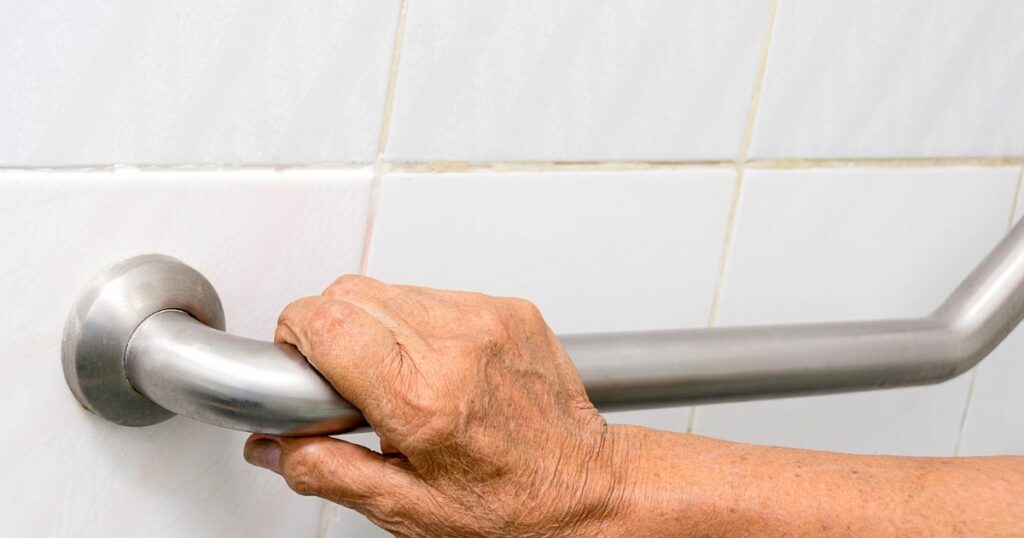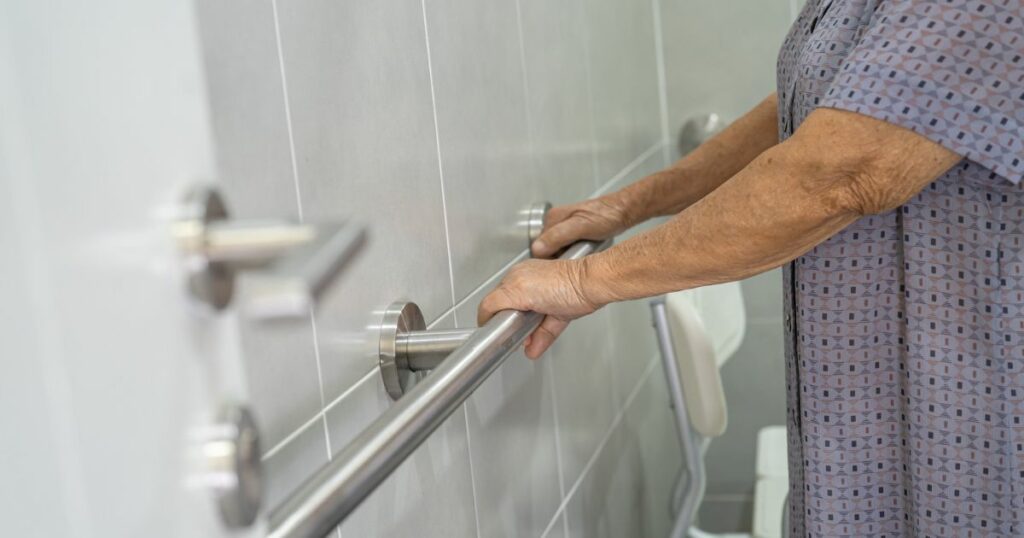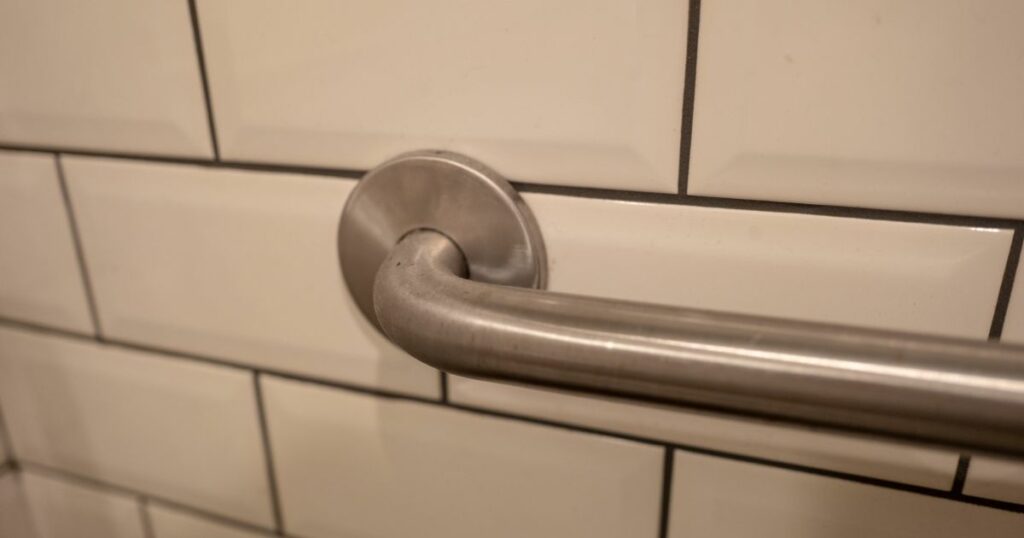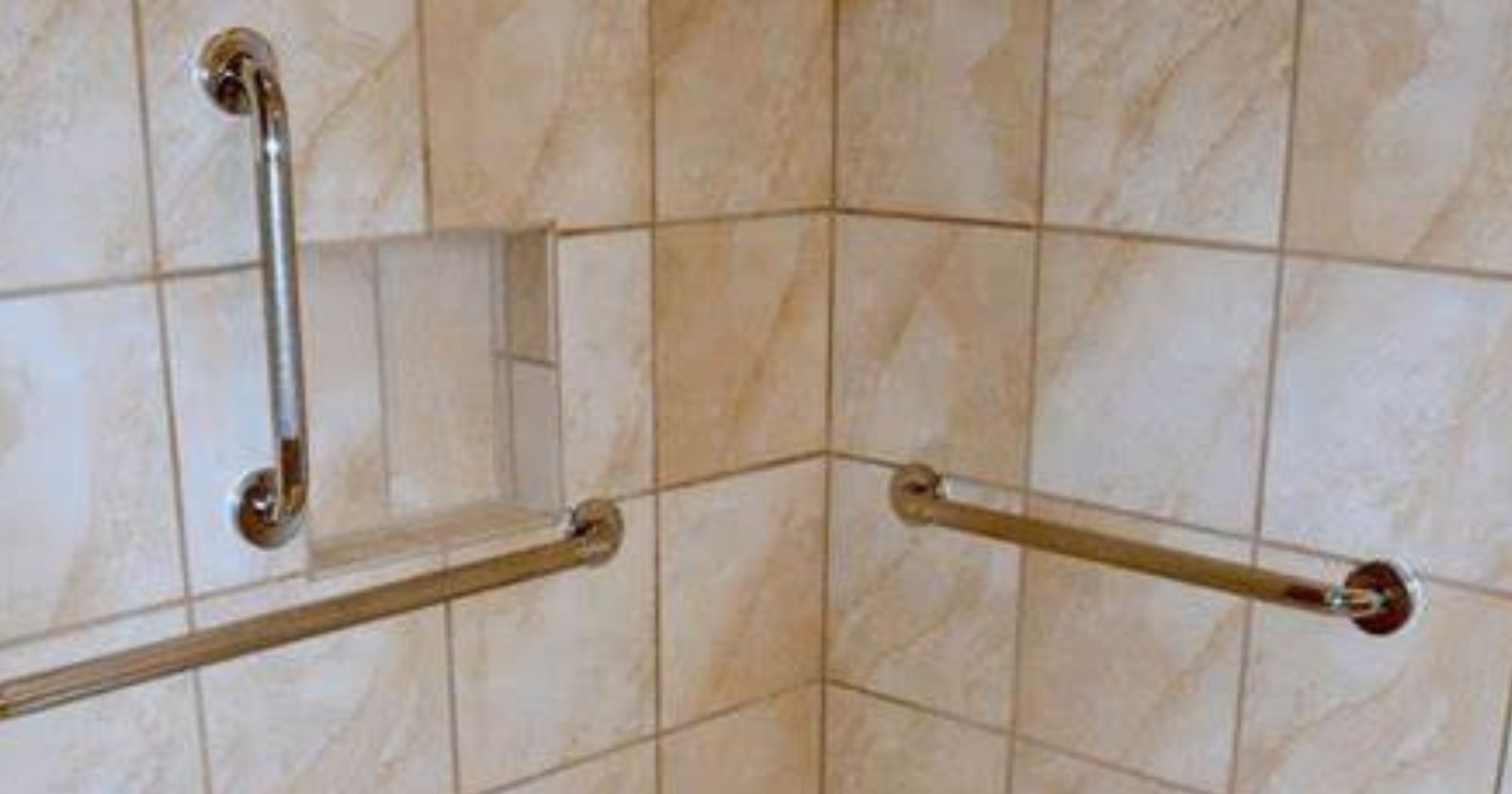The Ultimate Bathroom Grab Bars Buyers Guide for The Elderly
Bathroom safety is a top priority for many homeowners, especially for those who have elderly or physically challenged individuals living in the household. Installing grab bars in the bathroom can be a simple and effective way to reduce the risk of accidents and falls. However, with so many options available in the market, choosing the right grab bars can be a daunting task. This is why we have created this comprehensive bathroom grab bars buyers guide to help you make an informed decision.

In this guide, we will cover everything you need to know about grab bars, including the different types, materials, installation methods, and safety standards. We will also provide tips on how to choose the right grab bars for your bathroom and explain the steps involved in the installation process. Whether you’re a homeowner, contractor, or architect, this guide will provide you with valuable information to make your bathroom safer and more accessible.
So, if you’re ready to improve the safety of your bathroom, read on to discover the essential factors to consider when choosing grab bars.
Understanding Grab Bars:
Before we dive into the details of choosing the right grab bars, it’s important to understand what grab bars are and their purpose. Grab bars are handholds that are installed in bathrooms for support and stability. They are designed to assist individuals in getting in and out of the bathtub or shower, or when using the toilet.

There are several types of grab bars available in the market, including straight bars, angled bars, and fold-down bars. Straight bars are the most common type and provide a stable grip for individuals to hold on to. Angled bars are designed for individuals who need extra support when getting in and out of the bathtub or shower. Fold-down bars are ideal for individuals who need a grab bar that can be easily moved out of the way when not in use.
Factors to Consider When Choosing Grab Bars:
When choosing grab bars for your bathroom, there are several factors to consider, including the material, length and diameter, weight capacity, installation method, and style and finish.
Materials:
Grab bars are available in a range of materials, including stainless steel, plastic, and brass. Stainless steel is a durable and long-lasting option that is resistant to corrosion. Plastic grab bars are lightweight and come in a variety of colors to match your bathroom decor. Brass grab bars offer a stylish and elegant look and are suitable for use in luxury bathrooms.
Length and Diameter:
The length and diameter of the grab bars should be suitable for the individual’s needs and the size of the bathroom. It’s important to choose a length and diameter that is comfortable to grip and provides the necessary support.
Weight Capacity:
Grab bars are designed to support a certain weight capacity, so it’s important to choose a bar that can support the weight of the individual using it.
Installation Method:
Grab bars can be installed permanently, temporarily, or using suction cups. Permanent installation involves attaching the grab bar to the wall using screws, while temporary installation uses adhesive tape. Suction cup installation is a quick and easy option that can be removed and repositioned at any time.
Style and Finish:
Grab bars are available in a range of styles and finishes to match your bathroom decor. Choose a style and finish that complements your bathroom design and provides the necessary functionality.

In the next section of this guide, we will discuss the safety standards for grab bars and provide tips on how to install them. Stay tuned for more information on making your bathroom safer and more accessible.
Safety Standards for Grab Bars:
When it comes to bathroom safety, it’s important to ensure that the grab bars you choose meet the appropriate safety standards. The two main standards to consider are the ADA (Americans with Disabilities Act) Standards and the ASTM (American Society for Testing and Materials) Standards.
The ADA Standards specify the minimum requirements for accessibility and usability for individuals with disabilities. Grab bars must meet the ADA Standards for height, diameter, and weight capacity. Additionally, the distance between the grab bar and the wall must be at least 1.5 inches to allow for proper grip.
The ASTM Standards specify the testing methods and performance requirements for grab bars. Grab bars must meet the ASTM Standards for strength, durability, and corrosion resistance.
How to Install Grab Bars:
Installing grab bars in your bathroom is a relatively simple process, but it’s important to follow the correct steps and safety precautions to ensure a secure and stable installation.
The tools you’ll need for the installation process include a drill, screwdriver, level, and screw anchors (if required). Before you begin the installation process, it’s important to measure the area where you want to install the grab bar and mark the position on the wall. This will ensure that the grab bar is installed in the correct location and is level.
To install the grab bar, first drill pilot holes in the wall where you marked the position. Then insert the screw anchors into the pilot holes. Finally, attach the grab bar to the wall using screws, making sure that it is securely fastened.
When installing grab bars, it’s important to follow all safety precautions, including wearing gloves and safety glasses, and to ensure that the grab bar is securely fastened to the wall.
People also ask
Here are some common questions about buying Bathroom Grab Bars.
How do I choose a bathroom grab bar?
Choosing a bathroom grab bar can seem like a simple task, but there are several factors to consider to ensure you select the right one for your needs. Here are a few things to keep in mind:
- Purpose: Consider why you need the grab bar, such as for stability while getting in and out of the shower, or for support while getting on and off the toilet. This will help you determine the best location for the grab bar and what size and shape you need.
- Size: Grab bars come in different lengths, diameters, and shapes. Choose a size that provides enough support for the intended purpose and fits in the space you have available.
- Material: Grab bars are typically made of stainless steel, plastic, or rubber. Stainless steel is the most durable, but plastic and rubber can also be strong and long-lasting. Consider the material’s durability and ease of cleaning in your bathroom.
- Mounting type: Grab bars can be mounted to the wall or the floor, or they can be freestanding. Wall-mounted grab bars are the most common and offer the most stability. Freestanding grab bars are portable and can be moved as needed.
- Safety Standards: Look for grab bars that meet the ADA (Americans with Disabilities Act) and ASTM (American Society for Testing and Materials) standards for safety and durability.
What is the best size grab bar for a shower?
The best size grab bar for a shower depends on several factors, including the size of the shower, the height of the user, and the intended purpose. A general rule of thumb is to install grab bars that are at least 42 inches long and have a diameter of 1.25 inches or 1.5 inches. These sizes provide enough support for most people to use them safely.
It’s also recommended to have at least one grab bar placed vertically near the shower entrance for stability while getting in and out of the shower. Another horizontal bar can be added inside the shower for additional support.
What size grab bars do I need?
The size of grab bars you need depends on several factors, including the size of the bathroom, the height of the user, and the intended purpose. A general rule of thumb is to install grab bars that are at least 42 inches long and have a diameter of 1.25 inches or 1.5 inches. These sizes provide enough support for most people to use them safely.
However, if you’re installing grab bars for a specific purpose, such as for support while getting on and off the toilet, it’s important to measure the space you have available and choose a size that fits and provides enough support.
How much weight should a grab bar support?
Grab bars should be able to support a minimum weight capacity of 250 pounds to meet the ADA standards. It’s important to choose a grab bar that is made of high-quality materials and has been tested to meet the appropriate safety standards.
In addition, it’s important to ensure that the grab bar is securely mounted to the wall or floor to provide maximum stability and support. If you’re unsure about the weight capacity of a grab bar, consult the manufacturer’s specifications before making a purchase.
Should grab bars be vertical or horizontal?
Both vertical and horizontal grab bars can be effective for promoting bathroom safety, depending on the intended purpose.
Vertical grab bars are best for providing support while getting in and out of the shower or bathtub, or for supporting the user while getting on and off the toilet. They are also useful for providing balance and stability in small spaces.
Horizontal grab bars, on the other hand, are best for providing support while showering, as they can be used to steady oneself while washing or for leverage when getting in and out of the shower.
Ultimately, the choice between vertical and horizontal grab bars will depend on the specific needs and preferences of the user, as well as the layout and size of the bathroom.
Do grab bars need to be installed in studs?
Ideally, grab bars should be installed in wall studs to provide the most stability and support. Wall studs are strong, sturdy structures that can support the weight of the user and ensure that the grab bar remains secure.
However, if wall studs are not available, there are other options for installing grab bars. For example, toggle bolts can be used to secure grab bars to hollow-core doors or walls without studs. Anchors can also be used to install grab bars in tile or drywall, but these options may not provide as much stability as installing in wall studs.
It’s important to consult with a professional if you’re unsure about the best option for installing grab bars in your bathroom. An experienced professional can help you determine the best way to install grab bars for maximum stability and safety.
Final Thoughts on Your Bathroom Grab Bars Buyers Guide:
In this bathroom grab bars buyers guide, we have covered the essential factors to consider when choosing grab bars for your bathroom. We’ve explained the different types of grab bars, the materials they are made from, and the safety standards they must meet. We’ve also provided tips on how to install grab bars and make your bathroom safer and more accessible.
Whether you’re a homeowner, contractor, or architect, this guide will provide you with valuable information to make an informed decision when choosing grab bars for your bathroom. Remember, the most important thing is to choose a grab bar that meets your needs, fits your bathroom design, and provides the necessary support and stability.
Remember, the installation of grab bars is a critical step in ensuring the safety and accessibility of your bathroom. So, it’s always a good idea to consult with a professional if you’re unsure about the installation process or if you have any concerns about the safety of your grab bars.
In addition to installing grab bars, there are other bathroom safety features you can consider, such as non-slip mats, raised toilet seats, and shower chairs. These safety features can help individuals with mobility issues or disabilities to use the bathroom more safely and comfortably.
In conclusion, grab bars are a crucial component of bathroom safety, and it’s essential to choose the right grab bars that meet your needs and provide the necessary support and stability. With the right grab bars, you can make your bathroom a safer and more accessible space for everyone.
Don’t hesitate to invest in quality grab bars, as they can last for many years and provide peace of mind knowing that you and your loved ones are safe in the bathroom. And remember, the key to successful installation is proper planning, selection of the right grab bars, and careful installation.
In the end, choosing and installing the right grab bars can make all the difference in promoting safety, independence, and comfort in the bathroom. So, take the time to research and invest in the right grab bars for your needs and make your bathroom a safer and more accessible space.

